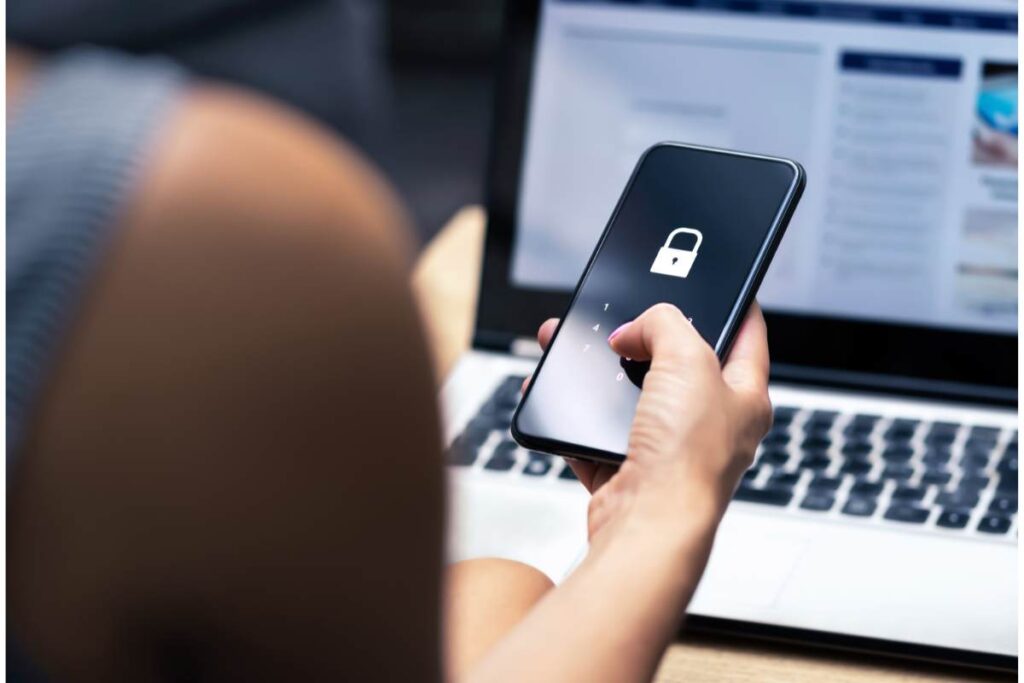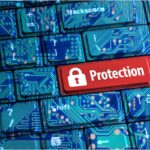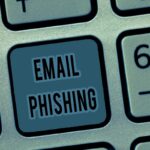Top 10 Foolproof Strategies to Protect Yourself Against Email Phishing
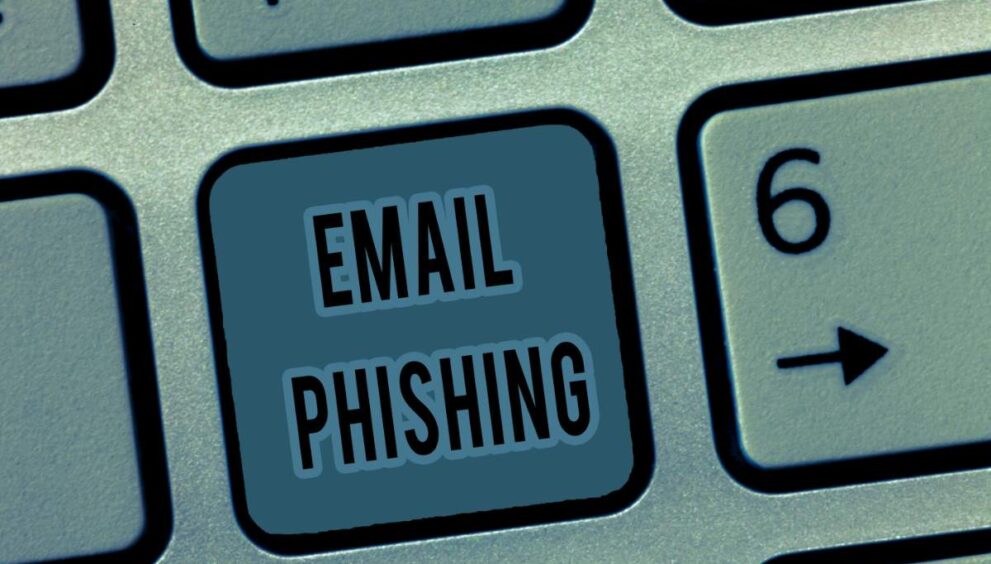
In the digital age, where communication heavily relies on emails, the threat of phishing has become increasingly prevalent. Email phishing is a deceptive technique used by cybercriminals to trick individuals into revealing sensitive information such as passwords, credit card details, or personal data. To safeguard yourself from falling victim to these malicious schemes, it is crucial to adopt foolproof strategies for email security. In this article, we will explore the top 10 specific strategies to protect yourself against email phishing.
Educate Yourself About Phishing Tactics
The first step in fortifying your defenses against email phishing is to be aware of the tactics employed by cybercriminals. Phishing emails often mimic legitimate correspondence, using fake logos and familiar language to deceive recipients. By educating yourself about common phishing strategies, you can become more discerning and recognize red flags in suspicious emails.
Verify Email Sender Information
Constantly scrutinize the sender’s information before interacting with an email. Legitimate organizations usually have a consistent email address format, and any deviation should be treated with suspicion. Hover over hyperlinks to reveal the actual destination URL, as cybercriminals often use masked links to redirect users to malicious sites.
Use Multi-Factor Authentication (MFA)
Implementing multi-factor authentication adds an extra layer of security to your accounts. Even if your login credentials are compromised, MFA requires an additional verification step, such as a code sent to your mobile device, to access your account. This significantly reduces the risk of unauthorized access resulting from phishing attacks.
Keep Software and Antivirus Programs Updated
Maintaining up-to-date software and antivirus programs is essential for protecting your system against vulnerabilities exploited by phishing attempts. Regularly update your operating system, email client, and security software to ensure that you have the latest security patches and features.
Be Cautious with Email Attachments
Phishing emails often contain malicious attachments that can infect your system with malware. Exercise caution when opening attachments, especially if the email seems unexpected or suspicious. Verify the sender’s legitimacy before downloading any files, and use reliable antivirus software to scan attachments for potential threats.
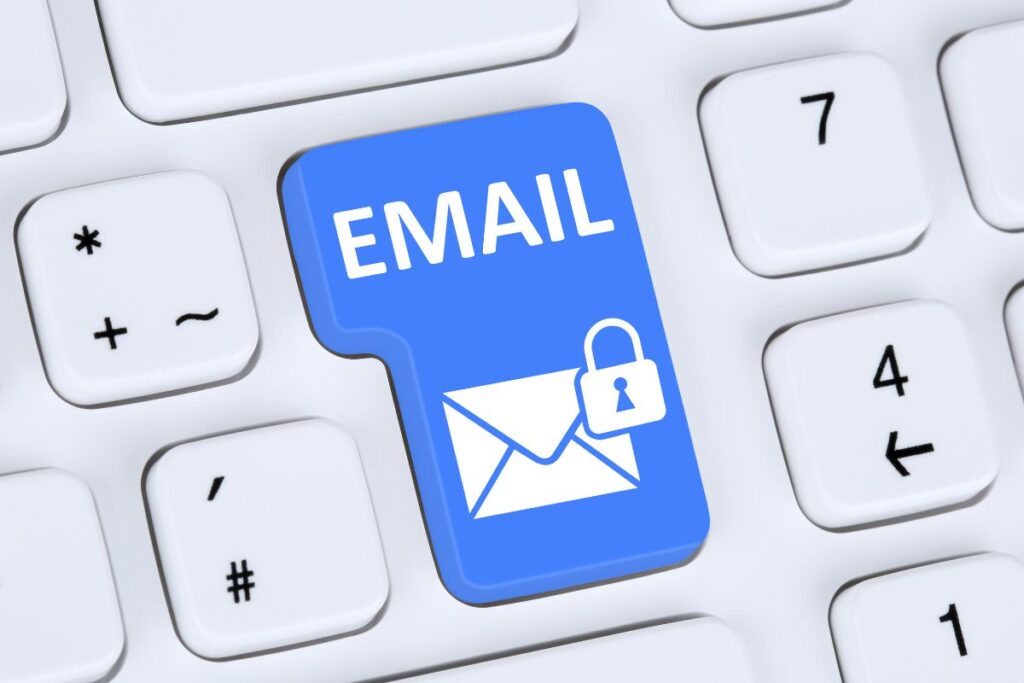
Implement Email Filtering and Spam Detection
Enable robust email filtering and spam detection mechanisms provided by your email service provider. These tools can automatically identify and filter out potentially malicious emails, reducing the likelihood of phishing messages reaching your inbox. Regularly check your spam folder to ensure legitimate emails are not mistakenly marked as spam.
Stay Informed About Recent Phishing Threats
Cyber threats are constantly evolving, and staying informed about recent phishing tactics can help you stay one step ahead of cybercriminals. Subscribe to security newsletters, follow reputable cybersecurity blogs, and remain vigilant for emerging trends in phishing attacks. Knowledge is a powerful tool in the fight against cyber threats.
Avoid Clicking on Suspicious Links
Phishing emails often contain links that direct users to fraudulent websites. Avoid clicking on links in emails from unknown or untrusted sources. If you receive an email claiming to be from a legitimate organization, navigate to the official website separately instead of clicking on the provided link. This ensures that you access an authentic webpage rather than a phishing site.
Regularly Change Passwords
Frequently changing passwords is a simple yet effective strategy to enhance your overall online security. In the event that your credentials are compromised, changing passwords regularly limits the window of opportunity for attackers. Use strong, unique passwords for each account and avoid using easily guessable information.
Report and Delete Suspicious Emails
If you encounter a suspicious email, report it to your email service provider and delete it immediately. Reporting phishing attempts helps improve email filtering systems, preventing similar threats from reaching other users. Additionally, deleting suspicious emails reduces the risk of accidentally interacting with phishing content.
Conclusion
As email phishing attacks continue to grow in sophistication, individuals must prioritize their online security. By adopting these foolproof strategies, you can significantly reduce the risk of falling victim to email phishing and protect your sensitive information. Stay informed, be vigilant, and implement robust security measures to ensure a safe and secure online experience.



